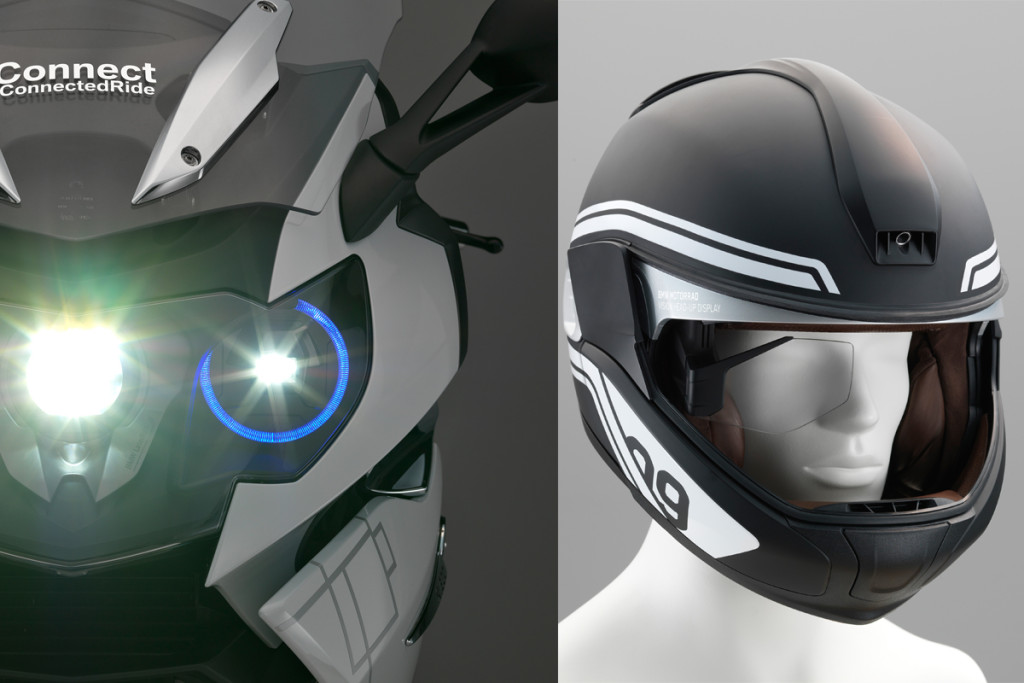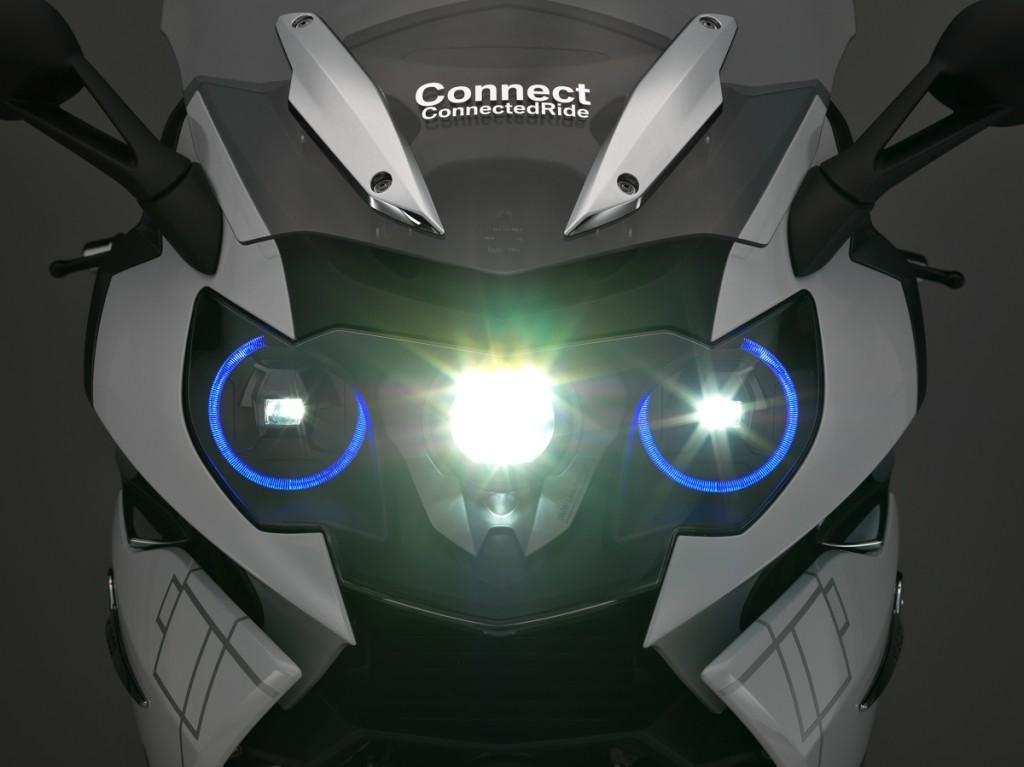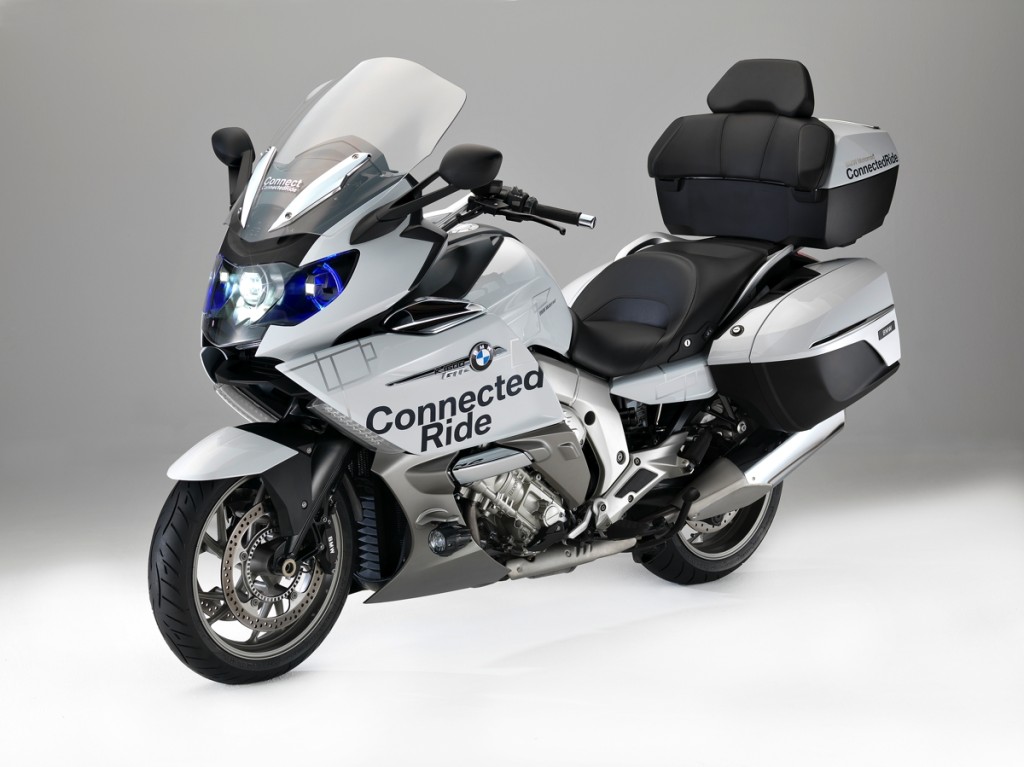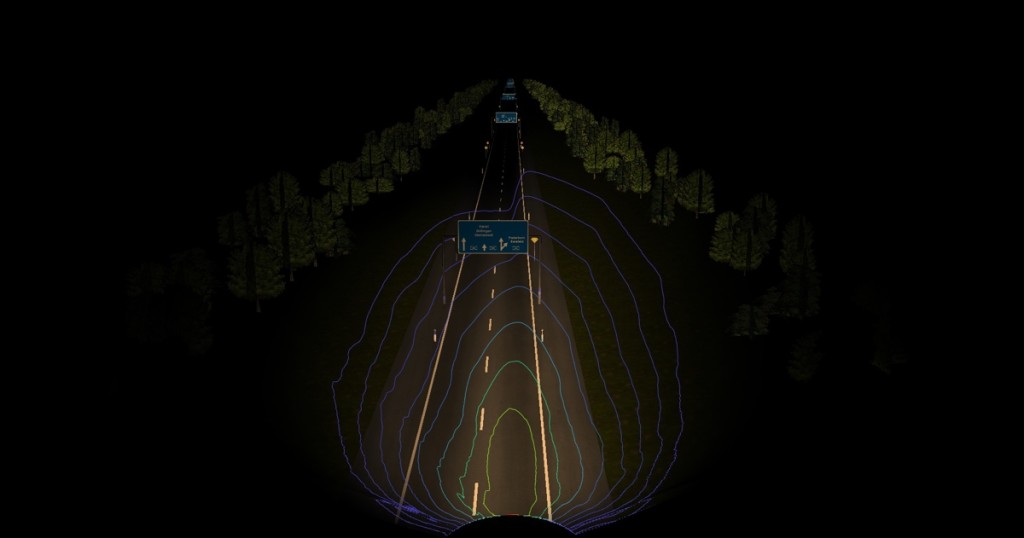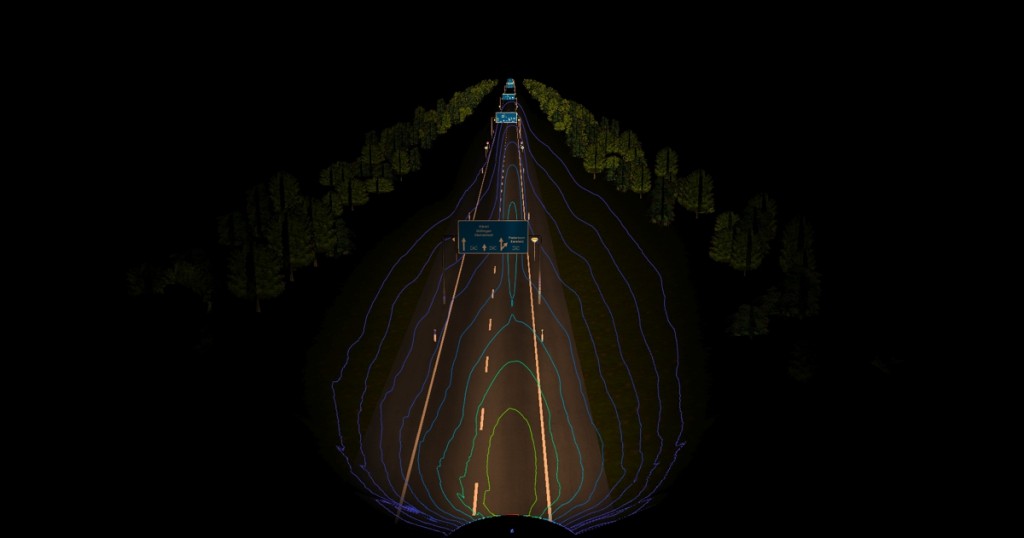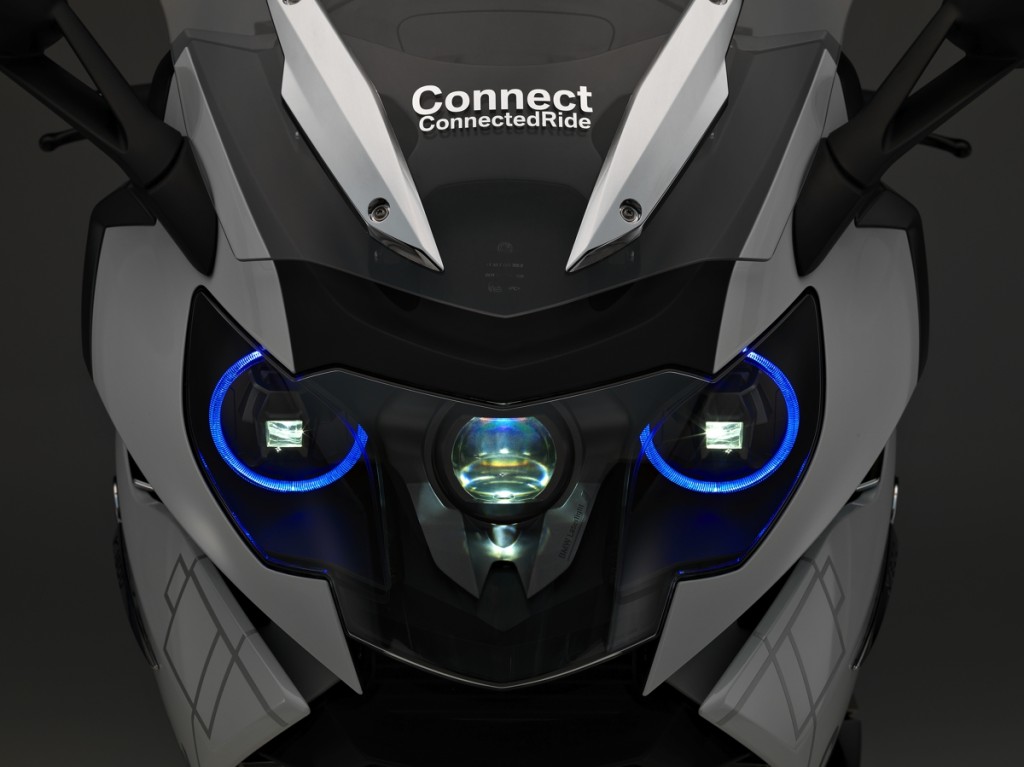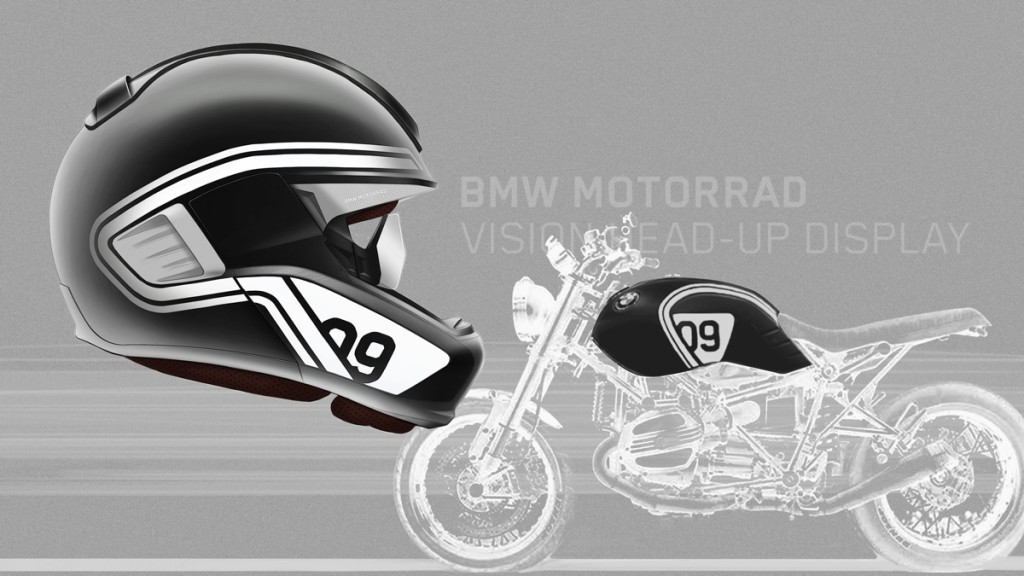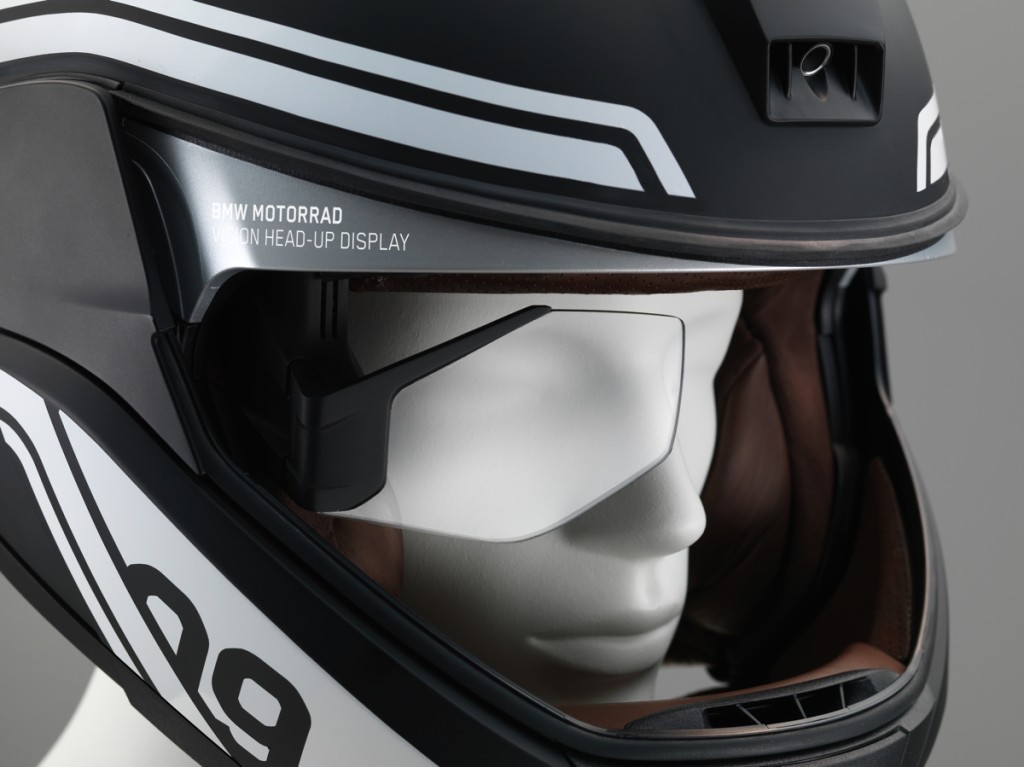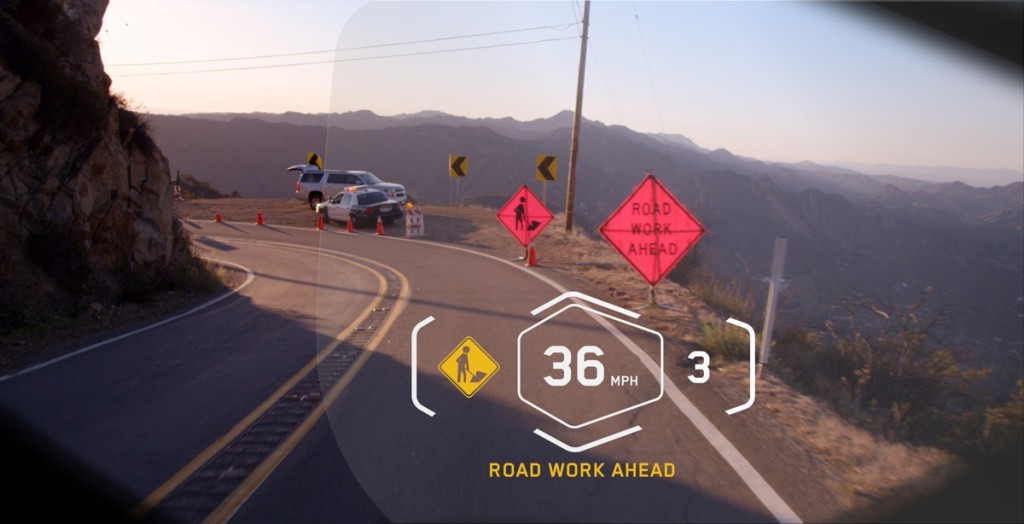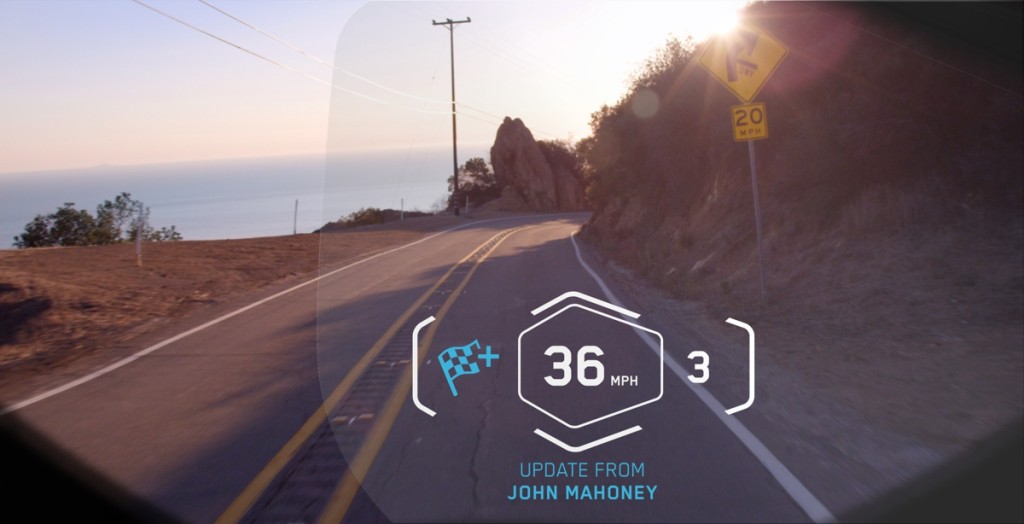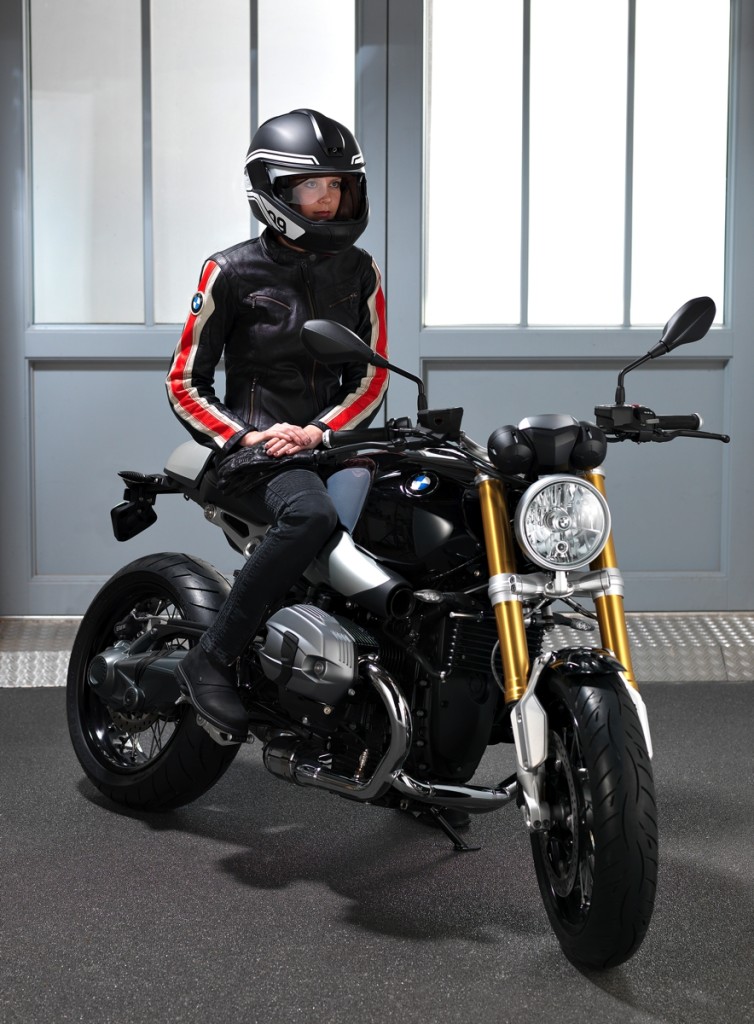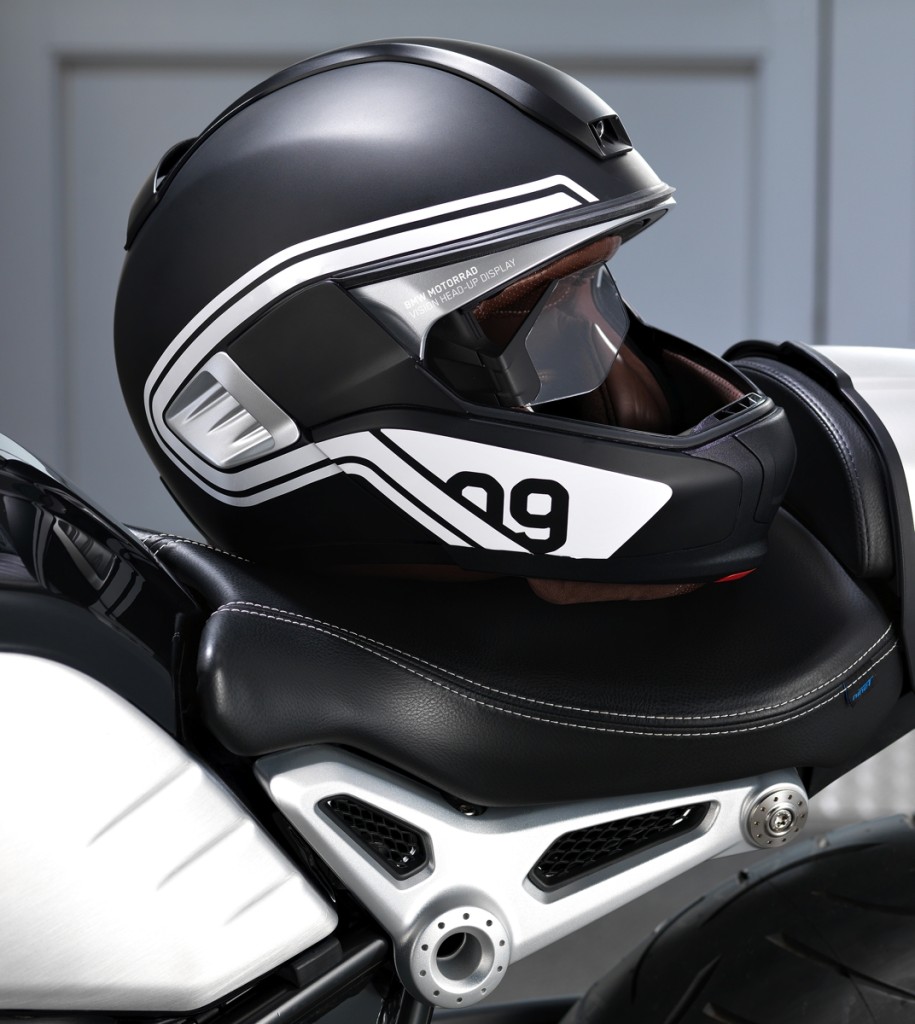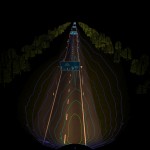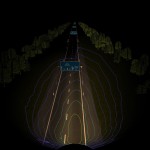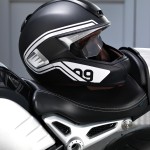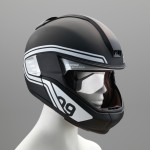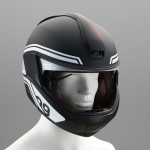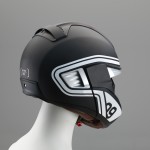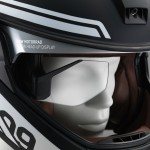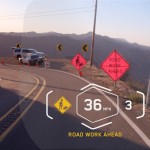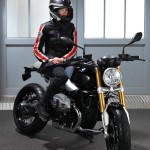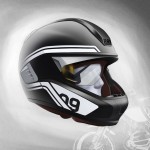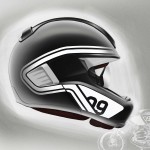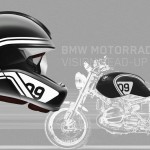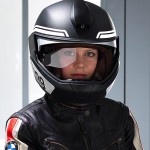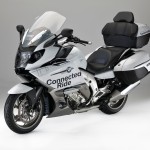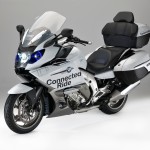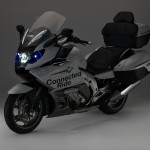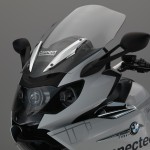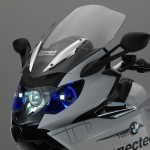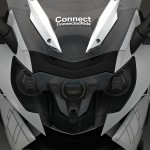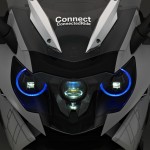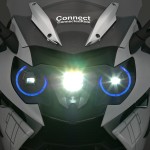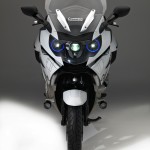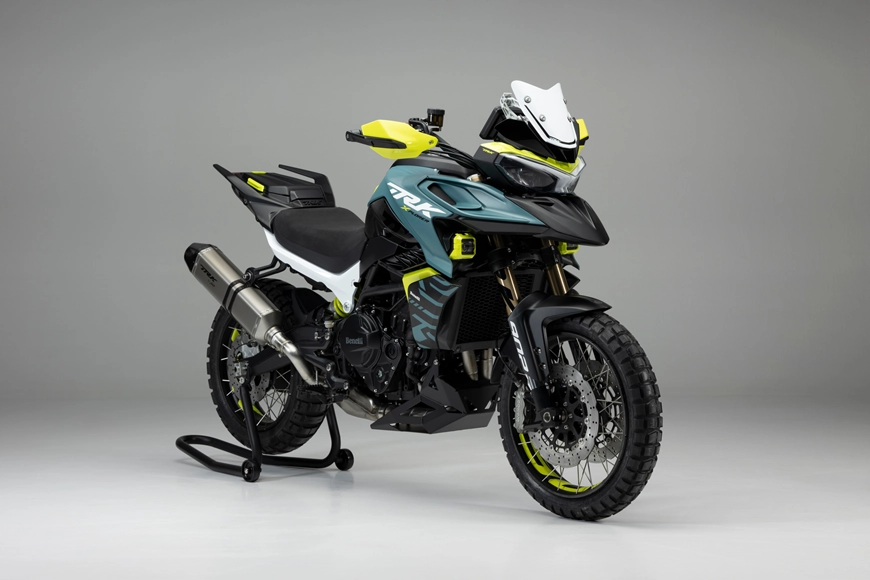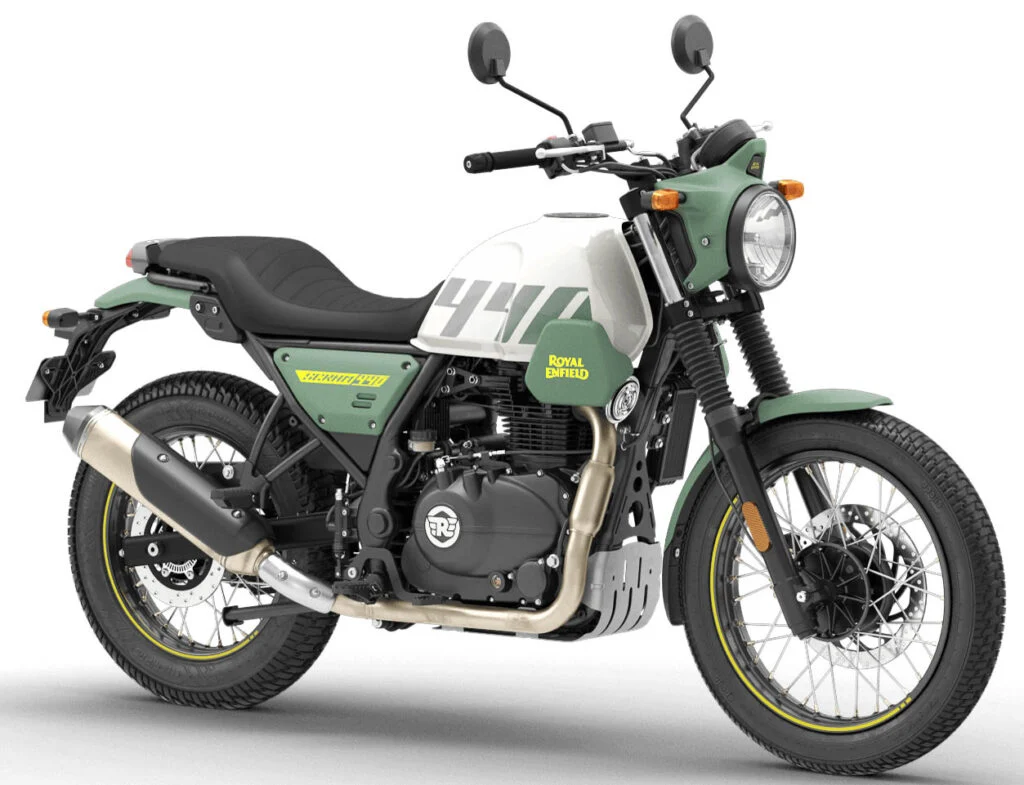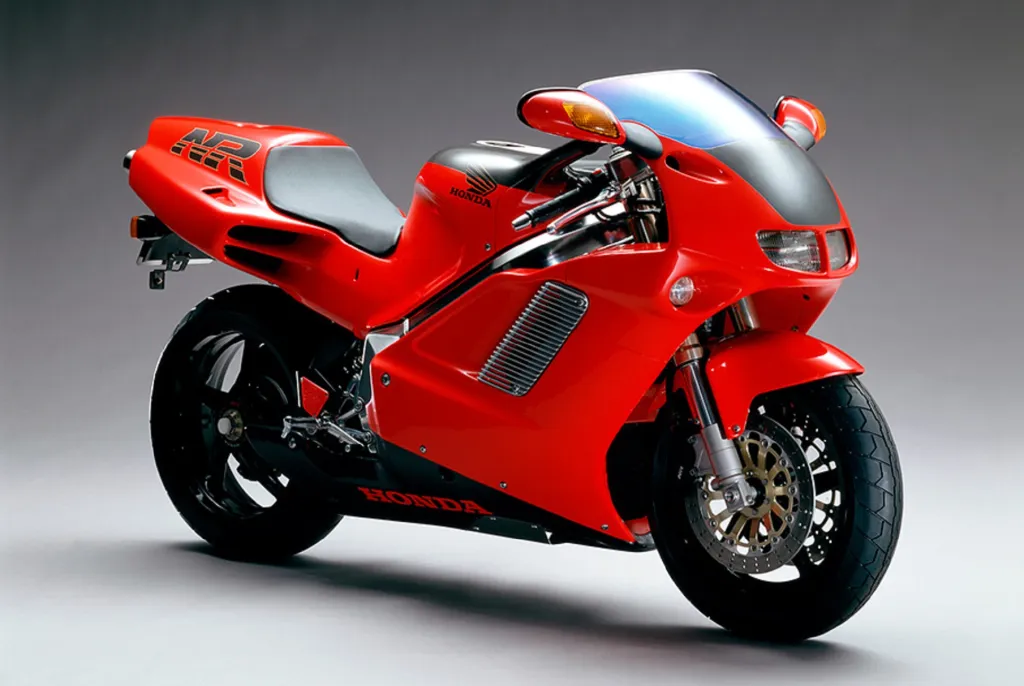BMW Motorrad shows off its advanced laser headlights and in-helmet HUD systems.
German motorcycle marque BMW Motorrad looks set to take two-wheeled technology further when it showed off several new technology concepts at the recent Consumer Electronics Show (CES) 2016 in Las Vegas. At the heart of its display were laser headlights and an in-helmet heads-up display (HUD) system destined for its production bikes in the near future.
Laser lighting technology isn’t new from the BMW Group. Primed on a specially outfitted BMW K1600 GTL demonstrator, the tech is derived from strides the BMW Group had already made with the BMW i8 eco-supercar and new 7 Series. Now adapted for use in motorcycles, the tech brings with it several added benefits to make riding much safer.
BMW’s forward-looking laser headlights generates a brighter light in pure-white, with its high-beam able to illuminate up to 600 metres in range ¬– that is double what conventional light system is capable of.
Riding under low-light or night time conditions are made safer with the tech thanks to its increased and highly precise illumination abilities. Furthermore, BMW has designed the system into a very compact and robust construction, promising long service life and low maintenance.
Though still in its preliminary development stage, BMW remains confident that the tech will arrive in its production bikes in the near future. Presently, the tech is still too cost-intensive and it will take BMW a while for it to work out the economies of scale for the technology’s application in both its volume cars and bikes where the cost structure becomes more feasible.
Also demonstrated at CES 2016 alongside the laser headlights concept was a highly innovative in-helmet heads-up display or HUD system. Also not a stranger to this tech, BMW first spearheaded HUD for cars back in 2003, with the kit now available in a variety of its cars.
The HUD tech displayed at CES however is adapted for motorcycle use as it is integrated directly into a helmet. The system projects data displays directly into the rider’s field of view, thus increasing rider comforts by keeping riders’ on-road vision locked as a result of not needing to glance down at the instrument panel.
All displays are freely programmable; ideally, to provide the best-possible support for rider safety, only information that is helpful and relevant to the current situation should be displayed to the rider at any given moment. Available data include tyre pressure, oil and fuel levels, speed and gear indicators, speed limit and road sign recognition, as well as warnings.
BMW intends to develop this further whereby in the near future, the HUD system will offer increased information such as real-time navigation and routes, followed by the addition of V2V (vehicle-to-vehicle) communication and group ride data visualisations, not forgetting a secondary rear-view camera tasked at providing a ‘digital rear-view mirror’ function plus a forward-facing built-in action camera functions as well.
The helmet, which is also primed with an integrated mini-computer and loudspeakers, is controlled from the left-hand handlebar fittings using the BMW Motorrad multicontroller. As well as operating the camera, this allows the rider to comfortably select the required information. The entire system is battery-operated via two replaceable batteries able to last for approximately five hours.
According to BMW, the firm is able to adapt this helmet-integrated intelligent HUD system into its existing helmets, and it plans to develop this tech for series production use within the next few years.
Source: BMW Group Press
Images: BMW Group Press



